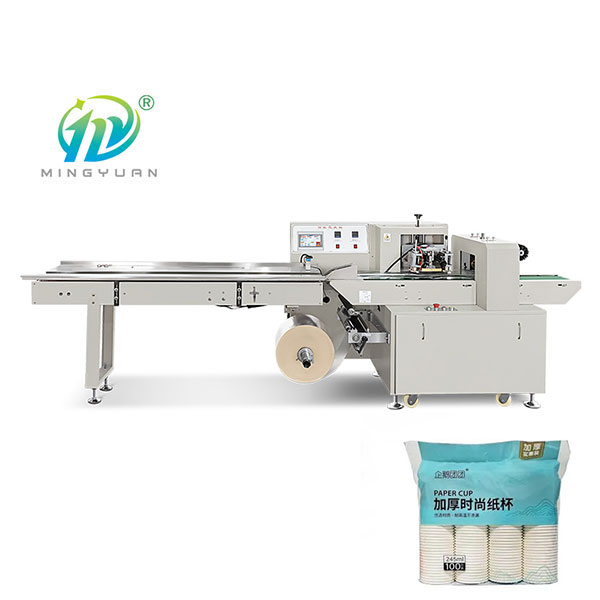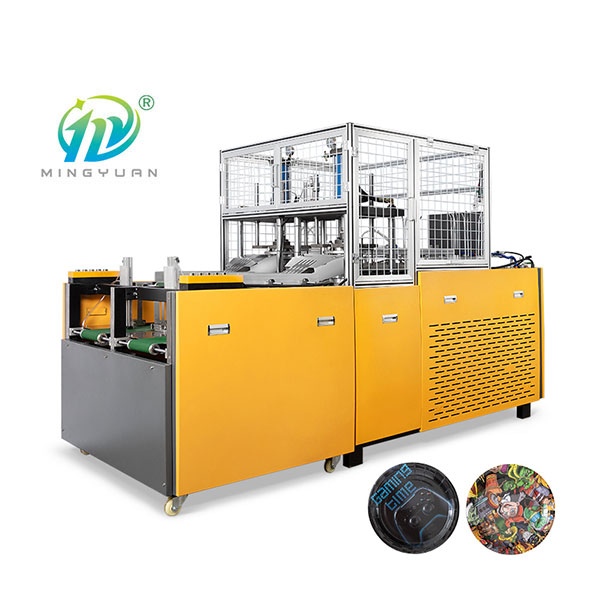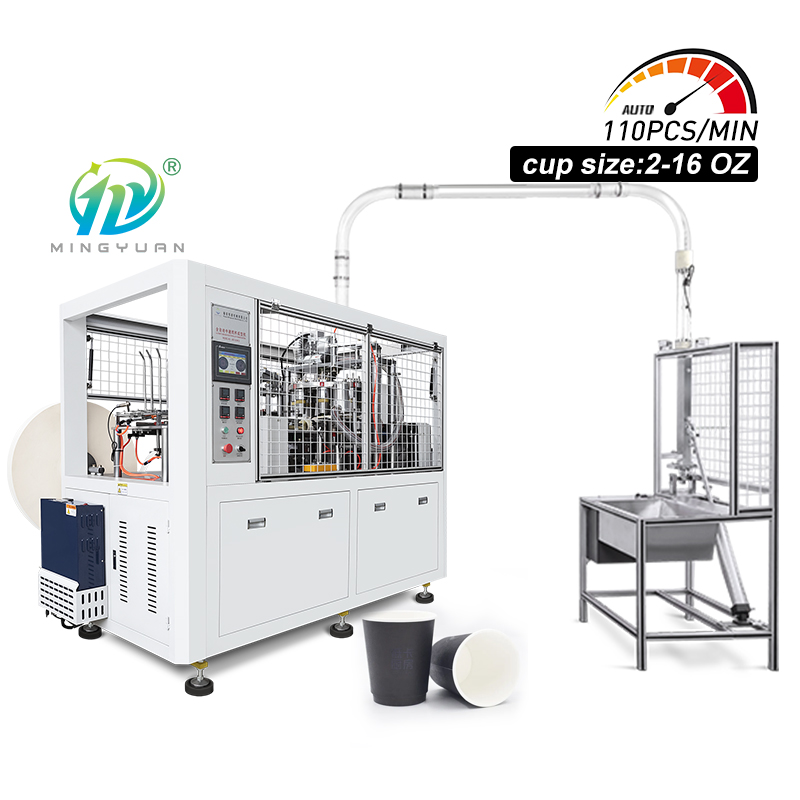In an era where environmental responsibility has shifted from a “nice-to-have” to a non-negotiable priority—for businesses, households, and on-the-go consumers alike—the choice between paper cups and plastic cups has grown far beyond mere convenience. It’s a decision that ties into long-term planetary health, daily practicality, and even shifting regulatory norms. Whether you’re stocking a café, planning an event, or simply grabbing a cup for your morning beverage, understanding how these two options stack up is key to making choices that align with your values.
Understanding the Core Difference: Material Origins & Environmental Footprints
At their most basic, paper cups and plastic cups differ in where they come from—and how they leave a mark on the planet. This isn’t just about “which is greener”; it’s about understanding the full lifecycle of each material.
Paper cups are typically crafted from wood pulp (sourced from forests) or recycled paper fibers, making them dependent on renewable resources—but only if those resources are managed responsibly (think sustainable forestry practices that replant trees). The production process for paper cups does use water and energy, but the biggest environmental win comes at the end of their life: when disposed of properly (in compost or recycling facilities), paper cups break down in weeks to months, leaving behind no toxic residues. Some paper cups include a thin polyethylene coating to prevent leakage, but innovations in compostable coatings are making even this step more eco-friendly.
Plastic cups, by contrast, are made from petroleum-based materials like polyethylene terephthalate (PET) or polystyrene—non-renewable resources that take millions of years to form. Their production requires less water upfront, but their end-of-life impact is stark: plastic cups can persist in landfills, oceans, and natural habitats for centuries. Even when they “break down,” they don’t fully decompose—they fragment into microplastics, tiny particles that seep into waterways, enter the food chain, and pose risks to wildlife and human health. For anyone prioritizing sustainability, this lifecycle gap between paper cups and plastic cups is impossible to ignore.
Practicality in Daily Use: Heat, Leakage, and Versatility
Sustainability matters—but a cup that doesn’t work for its intended purpose is useless. When comparing paper cups vs plastic cups, practicality often comes down to how you plan to use them.
For hot beverages (coffee, tea, hot cocoa), paper cups have a clear edge—when designed well. Most paper cups include a heat-resistant structure (think thicker walls or a corrugated layer) that prevents burns, and the aforementioned coating keeps liquid from seeping through. Plastic cups, on the other hand, can struggle with high temperatures: cheaper plastic options may warp or melt, and even sturdier varieties raise concerns about chemical leaching (when hot liquids interact with plastic, potentially releasing harmful compounds). If you’re serving hot drinks regularly, paper cups are the more reliable, safer choice.
For cold beverages (soda, iced coffee, smoothies), plastic cups do offer one minor advantage: they resist condensation better, keeping hands dry without the need for a sleeve. But this gap is easy to bridge—paper cups can be paired with simple cardboard sleeves (which are also recyclable) to solve the condensation issue. What’s more, paper cups don’t retain the “plastic taste” that some users notice with plastic cups, making them a better choice for highlighting the flavor of cold drinks like fresh juice or craft iced tea.
When it comes to durability, plastic cups are slightly more shatterproof than paper cups—but paper cups hold up well to normal use (think carrying a drink from a café to your office). The trade-off here is clear: plastic’s sturdiness comes at the cost of long-term pollution, while paper’s minor fragility is offset by its eco-friendly end-of-life.
Cost: Short-Term Savings vs. Long-Term Consequences
It’s easy to look at the price tag and assume plastic cups are the “cheaper” option—and in the short term, they often are. Plastic cups are lightweight, cheap to mass-produce, and require less raw material per unit, so they typically cost a few cents less per cup than paper alternatives. But this upfront savings is misleading when you factor in long-term costs—both financial and environmental.
Communities and governments around the world spend billions annually on plastic waste management: cleaning plastic from oceans, maintaining overcrowded landfills, and treating water contaminated by microplastics. These costs are ultimately passed on to taxpayers and businesses. Paper cups, while slightly more expensive to produce, reduce these long-term burdens: they’re easier to recycle, compostable, and don’t contribute to the growing plastic pollution crisis. For businesses, this also translates to brand value—consumers are increasingly willing to pay a small premium for products that align with their sustainability values, making paper cups a smart investment in customer loyalty.
When you weigh the true cost of paper cups vs plastic cups—not just the price per unit, but the cost to the planet and future generations—paper cups emerge as the more economical choice in the long run.
Regulatory Shifts & Consumer Demand: Why the Tide Is Turning to Paper
The choice between paper cups and plastic cups isn’t just a personal one—it’s being shaped by global regulatory trends and shifting consumer expectations. Governments worldwide are cracking down on single-use plastics: the European Union’s Single-Use Plastics Directive restricts plastic cup sales in many settings, while cities across North America, Asia, and Africa have implemented plastic bans or “sin taxes” on disposable plastics. These regulations are only going to become stricter as the impacts of plastic pollution become more apparent.
Consumers are also driving change. Surveys consistently show that modern shoppers—especially younger demographics—prioritize sustainability when making purchases. They’re more likely to choose a café that uses paper cups over one that uses plastic, and they’re willing to advocate for brands that take environmental responsibility seriously. For businesses, this means adopting paper cups isn’t just a “green” choice—it’s a necessary one to stay competitive in a market that values sustainability.
Ready to Make the Switch?
When it comes down to paper cups vs plastic cups, the choice is clear for anyone prioritizing sustainability, practicality, and alignment with global trends. Plastic cups offer short-term convenience, but their long-term damage to the planet is irreversible. Paper cups, while not perfect, provide a more responsible alternative that works for hot and cold drinks, aligns with consumer values, and reduces long-term environmental costs.
The paper cup machine has made it easier and more cost-effective to produce paper cups at a large scale, and advancements in technology are allowing manufacturers to create cups that are both functional and environmentally friendly. Some modern paper cup machines even incorporate sustainable practices by using eco-friendly materials and producing cups with biodegradable linings, addressing some of the environmental concerns associated with traditional paper cups.
Ready to embrace more sustainable cup options? Contact MINGYUAN for the best solution!
AI Content Disclosure: This article contains approximately 28% AI-generated content, extensively refined, expanded, and personalized by human experts to ensure authenticity, depth, and a natural, conversational tone.








